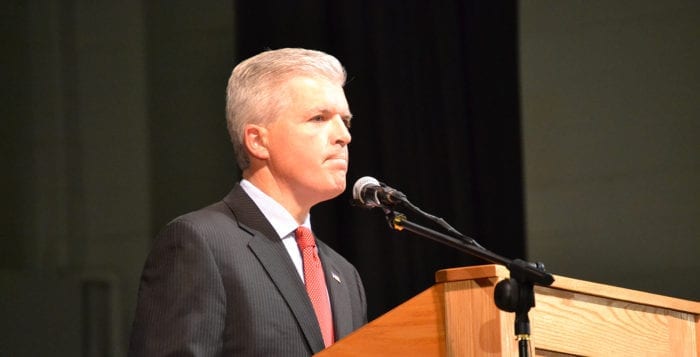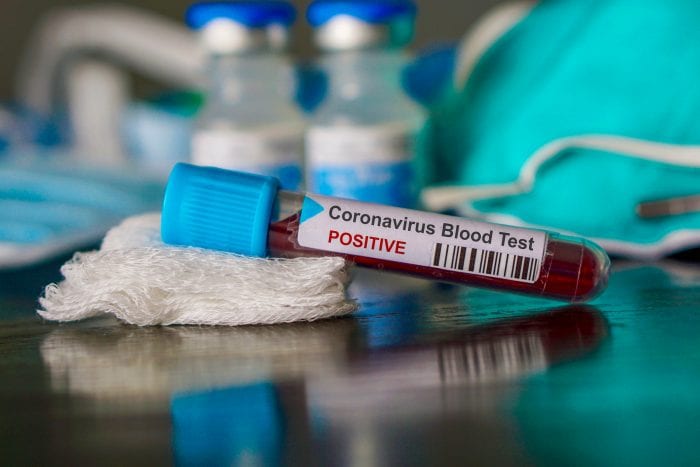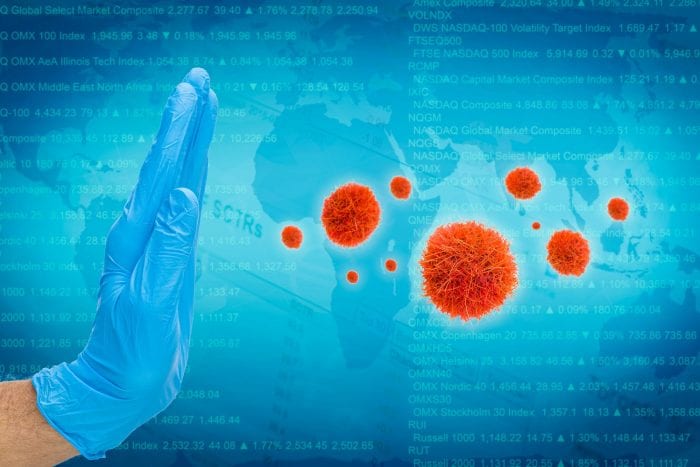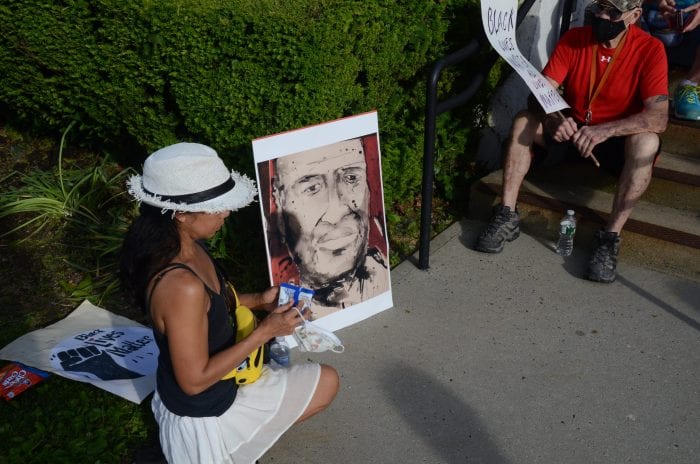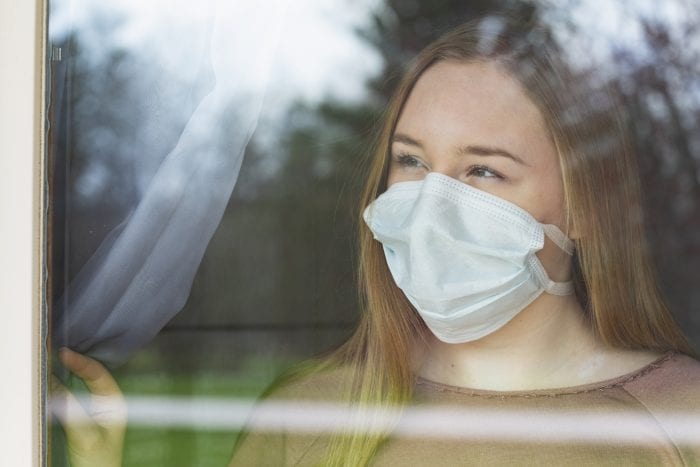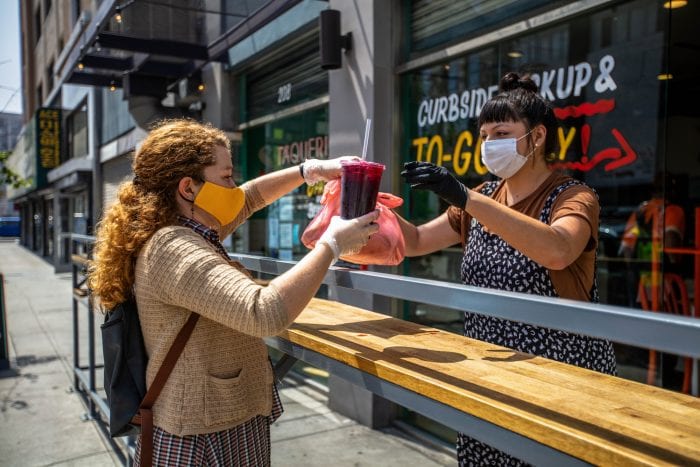In response to the ongoing need to close a revenue shortfall caused by the economic lockdown during the pandemic, County Executive Steve Bellone (D) is signing an order today freezing all steps and raises for management and exempt employees through 2021.
“It’s important that we move forward in a way that we’re doing the lowest-hanging fruit possible,” Bellone said on his daily conference call with reporters.
The move will save the county an estimated $3.4 million and is a part of an ongoing effort to prepare for a budget shortfall in the next three months that could be as high as $829 million.
“We are analyzing additional cuts in our department right now,” Bellone said. “In light of the catastrophic budget numbers we are talking about, it’s important that we make clear we are willing to take these steps.”
Bellone reiterated his call for the federal government to provide $1 billion in relief to Suffolk County, which stood at the epicenter of the pandemic and which shut down its businesses in response to guidelines from the federal government. Bellone urged the national government to provide financial support that would also support infrastructure projects as well as small businesses.
“I’ve been in public life for more than 20 years,” Bellone said, and the federal government has been talking about making a major investment in infrastructure projects. “That hasn’t happened. Now is the time,” as low interest rates will reduce the cost of those funds while also supporting the restart of an economy crippled by the virus.
Bellone is hopeful that the federal government will consider his request for financial support for Suffolk County in July. Bellone said the county sends to Washington billions more than it receives each year. This year, amid the pandemic, he urged the federal government to recognize the natural disaster that has devastated the region and urges the federal government to step in to prevent the county from hollowing out the vital services that responded to this crisis.
Viral Numbers
After a one-day slight increase in positive testing for the virus on Sunday, the number of people testing positive for COVID-19 rose by a smaller number through Monday. The number of new positive tests was 38, bringing the total for the county since testing began to 41,010.
The positive tests were below 1 percent of overall tests, which is a decline from the 1.2 percent on Sunday.
The number of people hospitalized declined by eight to 90. The number of people in Intensive Care Unit beds increased by six to 27.
An additional 17 people were discharged from the hospital in the 24 hour period ending on June 20.
For the fourth day in a row, one person died from complications related to the coronavirus. The death toll in Suffolk County is 1,965.
Bellone remains confident that the data will stay within a safe range through the summer.
“The numbers will remain good, largely because people will remain outdoors,” he said.
The fall, however, brings additional challenges, as students may return to school and people may return to more indoor activities, which could lead to a spike or a second wave.
He encourages residents to keep social distancing where they can, make sure they wear face coverings when they are in close proximity to others and to stay home if they are not feeling well.

